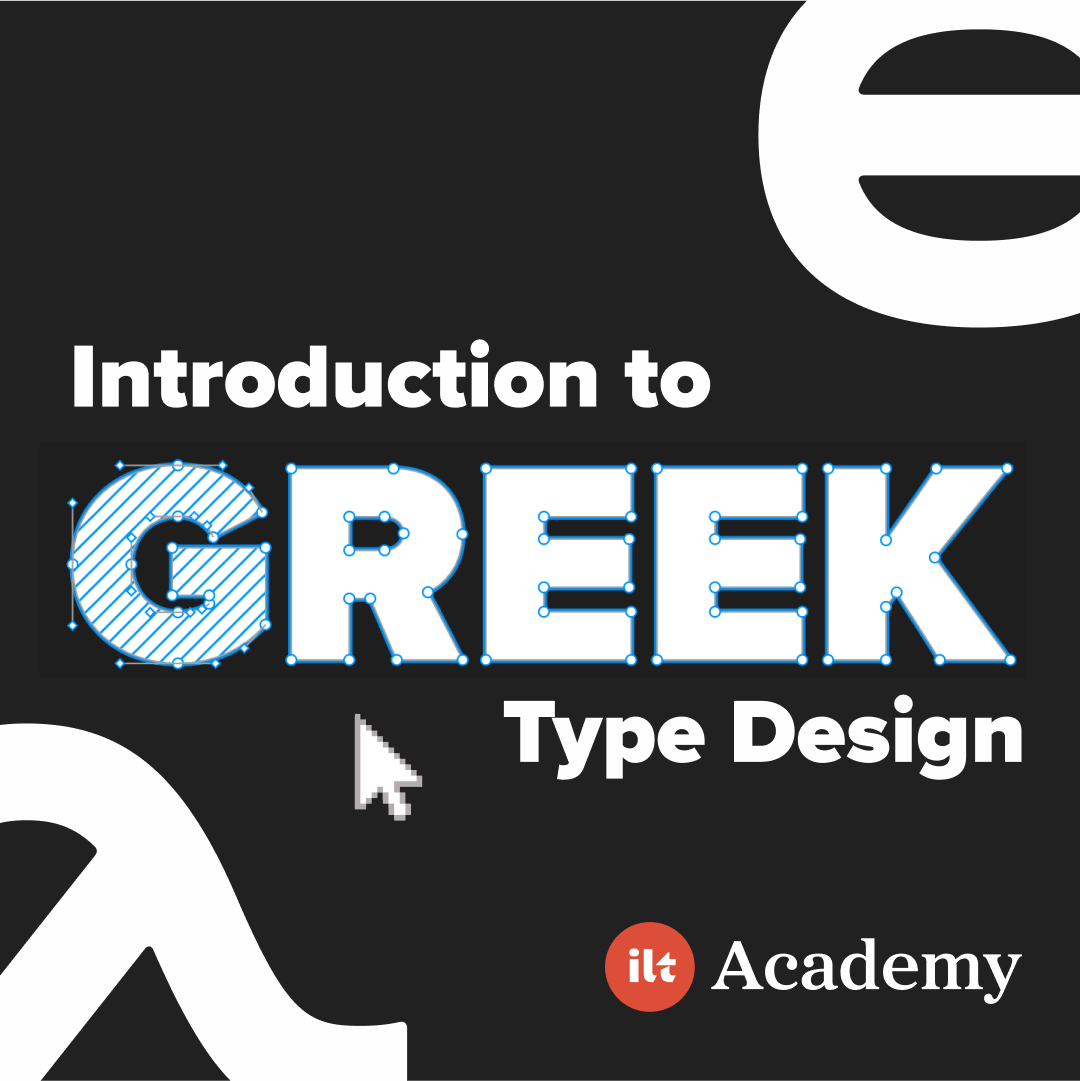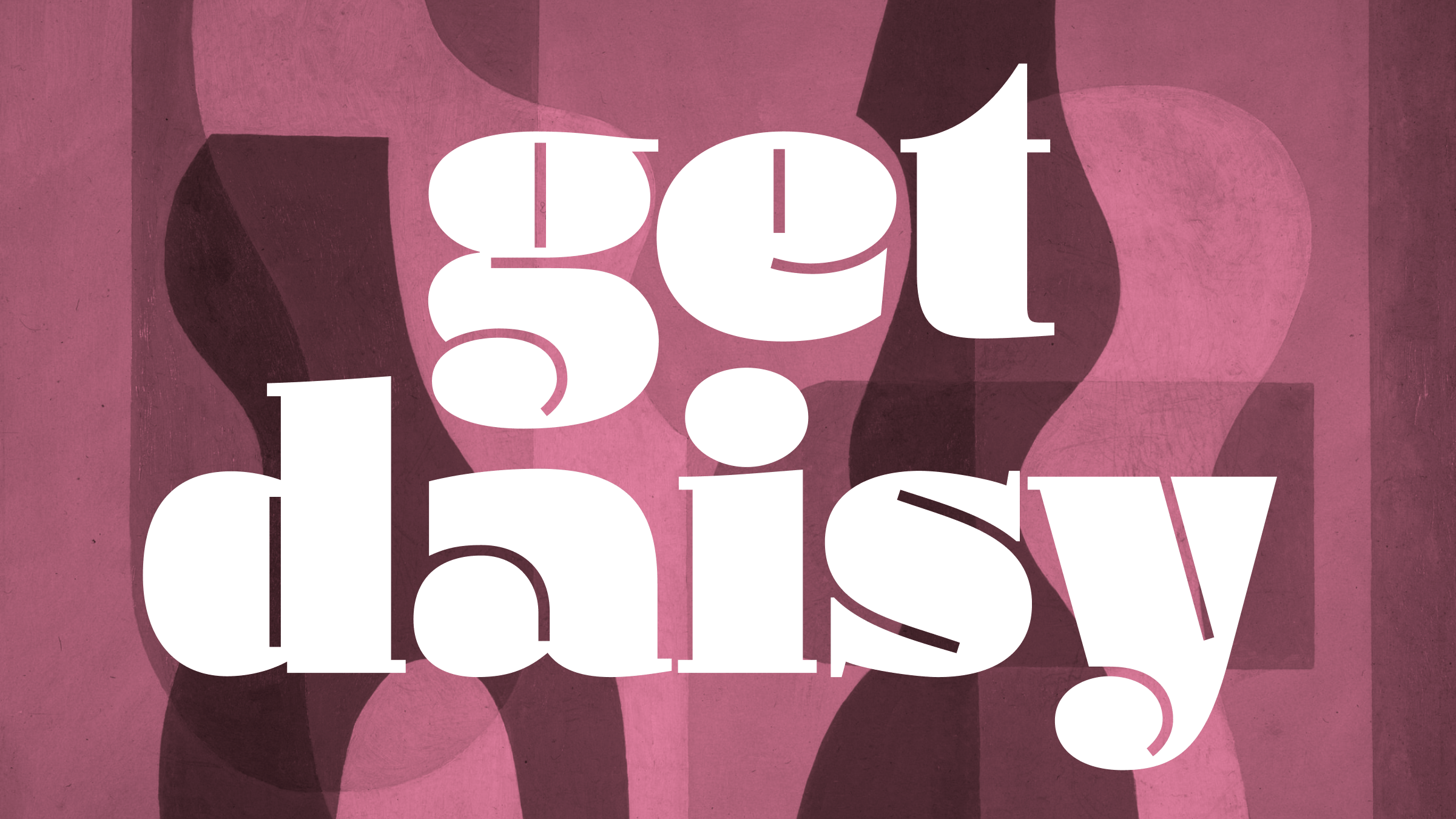Moyenage: Blackletter for a Modern Age
By Dan Gayle
If you’ve ever been to the Library of Congress and seen the Gutenberg Bible and the Giant Bible of Mainz, you will understand the sheer joy that one can find from looking at a page of quality-set blackletter.
Or, if you’re less Bible and more Necronomicon, nothing less than the most wicked blackletter will work for that black metal album cover you’ve been contemplating.
The problem with blackletter is two-fold. First, other than diplomas and newspaper nameplates, the general population has difficulty reading it because of its archaic forms. Second, because of the perceived connotations of blackletter, many people consciously avoid using it. (Which is a shame, really, because it can be quite beautiful when used properly.)
Which brings us to Moyenage, a blackletter typeface system(!) by František Štorm that is part Bible and part Necronomicon, equally adept at setting traditional and modern works alike. At first sight I was in love with the typeface, so I decided to find out more about the typeface from Štorm himself.
Let’s see what he had to say.
An interview with František Štorm
To start, in your own words, will you describe Moyenage for us?
Moyenage seems to me like an alternative blackletter. Its feeling is serious and powerful; I can imagine sounds of heavy distorted guitars, or a walk in a dark forest during twilight. Its shapes are dynamic, although they are tightly fixed within a strict rhythm of line. It may be successfully combined with any script font, even with some emotional calligraphy, where Moyenage can provide a contrasting counterpart.
When did you first conceive of Moyenage, and how long did it take to go from initial sketches to finished product? Were there any specific issues that needed to be handled in the design that were different from your other Latin derived scripts?
Last gloomy autumn, just before I left for India, I was contemplating about a black metal album, so the idea raised to make a suitable typeface for its design. The music isn’t recorded yet and it probably will never be, but the letters are here.
I have not sketched for many years—I use a laptop instead of sketchbook—but this was an exception. There were a couple of pages drawn by pencil and pen. Every traditional blackletter is based on calligraphic principles. I was never good at calligraphy, but this time I had to recall my school skills.
(Another aim, although not substantial, was to offer a writing specimen so painters could make pub-inscriptions on walls just by brush.)
A particular issue was traditional blackletter uppercase, which is illegible for today’s reader. It had to be made Latin-like.
Moyenage is quite possibly the first ever blackletter designed as a full system, consisting of 25 different numerical variations between ultra-narrow, ultra-thin (Moyenage 11) to ultra-wide, ultra-bold (Moyenage 55), all with small caps, alternates, lining and non-lining figures, full Cyrillic support, etc. Underware’s Fakir was extraordinary at 8 regular cuts plus two small caps and an ornament font. Considering that typical blackletters have at most 4 variations, can you explain how, and why, you developed such an extensive system?
I love Fakir; it’s a wonderful family. The PDF (download) tells stories from Varanasi, India. I was there two years ago, so I know what kind of inspiration Underware took from India… But Fakir is extraordinary in many different ways, regardless of the number of fonts: it’s a contemporary looking alphabet, 99% original; it only shares some indirect breath with “blackletter” in common meaning. I can feel some hints of cubism, graffiti, linocut, expressionism…
Moyenage is rather traditional, as I am. The interpolated instances only illustrate a huge potential of textura principles. I confess—only several of them can be seriously used. We typographers sometimes do such useless experiments just to demonstrate what’s possible beyond real needs.
What were the historical inspirations and influences that informed your design decisions concerning Moyenage?
I took inspiration from handwritten French medieval textura trying to deconstruct the alleged German monopoly on blackletter.
Did you look to any contemporary typefaces for inspiration when creating your typeface?
Only routine—as we must check if anybody hadn’t already done the same thing.
On the MyFonts blog, Adam Twardoch commented: “What is so phenomenal about Moyenage in my eyes is that it is a blackletter typeface that includes a Cyrillic character set. Historically, the Cyrillic alphabet never was written in the blackletter style.” You also mention on your web site Stormtype.com that Moyenage symbolizes “the lovelorn union of Germans and Russians in the 20th century.” Will you explain the design and process of creating the Cyrillic characters, since blackletters don’t have a historical antecedent to work from?
Adam is nice. Well, I’m not a political person, but I was always curious what kind of emotions a typeface can evoke: some of my countrymates get angry every time they see a blackletter because of Nazi association, although there is no historical evidence of that link.
Blackletter had no specific nationality in the process of its development in the Middle Ages, but the Molotov-Ribbentrop Pact (Ed. note: The non-aggression treaty between Nazi Germany and Soviet Russia) was real, so why not illustrate it by a typeface which shares both German and Russian features? Remember too the recent Putin-Schroeder friendship, not to mention the notorious servility of Czech politicians.
There were several attempts at Cyrillic blackletter mostly at the end of the 20th Century, as a romantic flashback—all of them were poor. I know some Russian from primary school; it’s writing is quite easy. Just take a flat-nib pen, make the shapes slightly rectangular, and voilà!—you have Moyenage.
What is noticeable to me is that unlike other modern blackletters like Fakir, Moyenage seems like it could be used very successfully in traditional settings. And yet, similar to Fakir, it is clearly a very modern interpretation. Given that Moyenage was clearly designed to be usable in a wider range of applications than a typical blackletter, where would you personally like to see it used?
I’m happy again to see Moyenage mentioned next to the great Fakir, which is far more interesting and innovative.
Obviously, a type designer has no influence on where he sees his typeface used, and that’s alright. Most probably one could be pleasantly surprised.
Moyenage, as well as any blackletter, suits very well to black metal music covers, posters, t-shirts, and perhaps on bottles, invitations or diplomas… I would only frankly not recommend it for highway traffic signs or subway orientation systems.
I’ve used it several times in magazines for some ads, and yes — for a cover design for my colleague Laudatio, at the occasion of his successful conferment, I’ve made a song for him.
One last question: Can the stereotype be broken?
Of course yes, if we try.
More information
Recent discussion about less condensed blackletters on Typophile
A web developer and designer, Dan Gayle has a few unfinished typefaces sitting in the drawers, waiting for the day when they too can be featured on I Love Typography.













